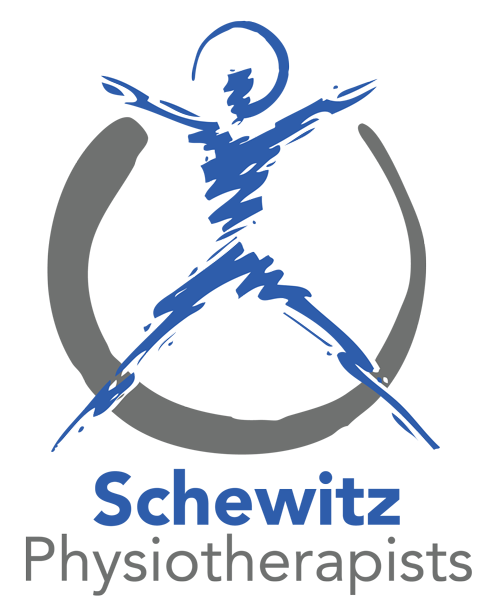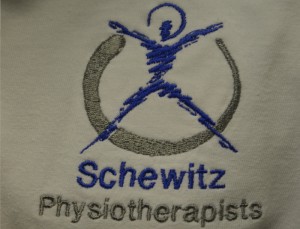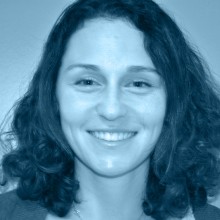Exercise in type 2 diabetes: to resist or to endure?
On March 17, 2014
By Physio
There is now evidence that a single bout of endurance (aerobic) or resistance exercise reduces 24 h post-exercise subcutaneous glucose profiles to the same extent in insulin-resistant humans with or without type 2 diabetes. However, it remains to be determined which group would benefit most from specific exercise protocols, particularly with regard to long-term glycaemic control. Acute aerobic exercise first accelerates translocation of myocellular glucose transporters via AMP-activated protein kinase, calcium release and mitogen-activated protein kinase, but also improves insulin-dependent glucose transport/phosphorylation via distal components of insulin signalling (phosphoinositide-dependent kinase 1, TBC1 domain family, members 1 and 4, Rac1, protein kinase C). Post-exercise effects involve peroxisome-proliferator activated receptor-γ coactivator 1α and lead to ATP synthesis, which may be modulated by variants in genes such as NDUFB6. While mechanisms of acute resistance-type exercise are less clear, chronic resistance training activates the mammalian target of rapamycin/serine kinase 6 pathway, ultimately increasing protein synthesis and muscle mass. Over the long term, adherence to rather than differences in metabolic variables between specific modes of regular exercise might ultimately determine their efficacy. Taken together, studies are now needed to address the variability of individual responses to long-term resistance and endurance training in real life.










